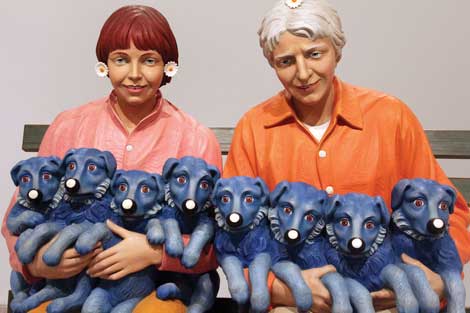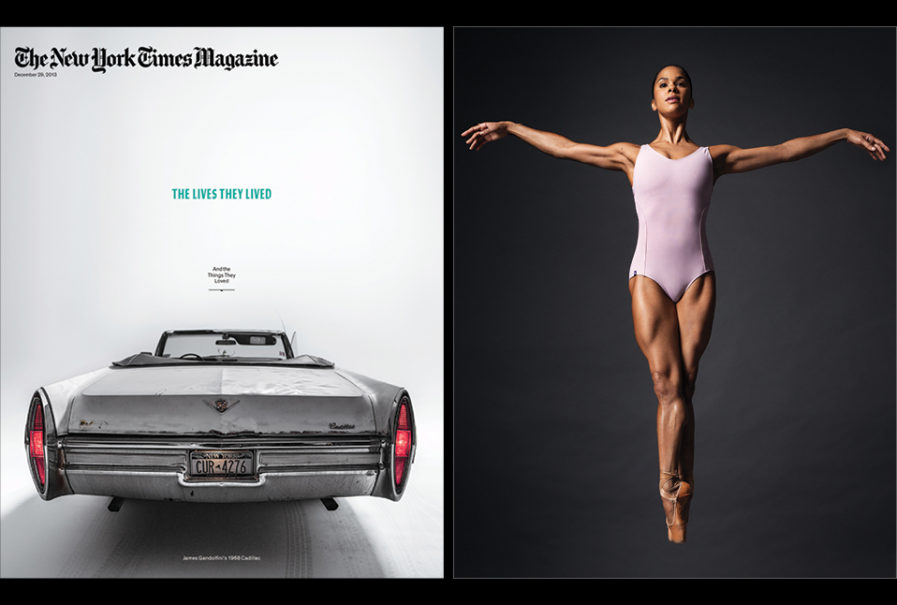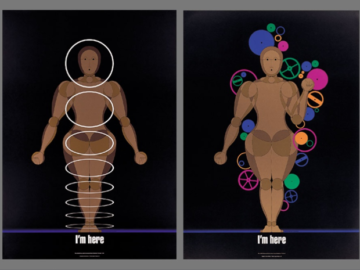Henry Leutwyler shot the cover photograph of the late James Gandolfini’s Cadillac (above left) for The New York Times Magazine. “The Times produced it, but I have the copyright,” he says. Leutwyler photographed ballet dancer Misty Copeland (right) for Victory Journal, and retained rights to that photo series. Photographs © Henry Leutwyler
According to Graphis Master photographer Henry Leutwyler, the rights to any image lie with its creator. “The photographer always owns the copyright and controls the usage of his images. Case closed,” Leutwyler says.
Yet freelancers often face tough choices when taking assignments. “To get published in today’s editorial and commercial ecosystem, photographers and other visual artists are often presented contracts calling for them to hand over all rights for the usage of their work—online or in various print outlets—with no additional compensation,” writes Michelle Bogre, author and copyright attorney, in a timely article in Graphis Journal #357 called “Should You Sign That Contract?”
Bogre explains how things got this way in the current media climate—including landmark cases that altered the landscape for publishing corporations as well as the creators they hire. Her piece also outlines how to avoid pitfalls, such as work-for-hire arrangements and contracts with restrictive language. “I strongly advise all photographers to … refuse to sign until rights-grabbing language is changed,” implores author M. Scott Brauer on his dvafoto blog. “This is the only way for photographers to maintain their livelihoods.”
 Puppies, © Art Rogers, 1985
Puppies, © Art Rogers, 1985
 String of Puppies, © Jeff Koons, 1988
String of Puppies, © Jeff Koons, 1988
Puppies for Sale: Rogers v. Koons (1992) was a landmark case involving copyright infringement, substantial similarity, and fair use for parody. Photographer Art Rogers made the photograph (top) of a man and a woman holding puppies, which appeared on greeting cards and other merchandise. Artist Jeff Koons found the picture on a postcard, removed the copyright symbol and asked his assistants to create a sculpture (bottom) based on the photograph. Rogers sued for copyright infringement and won a confidential settlement. The court ruled, among other things, that the fair-use defense of “parody” did not apply and that an ordinary observer would find substantial similarity between the two works.





